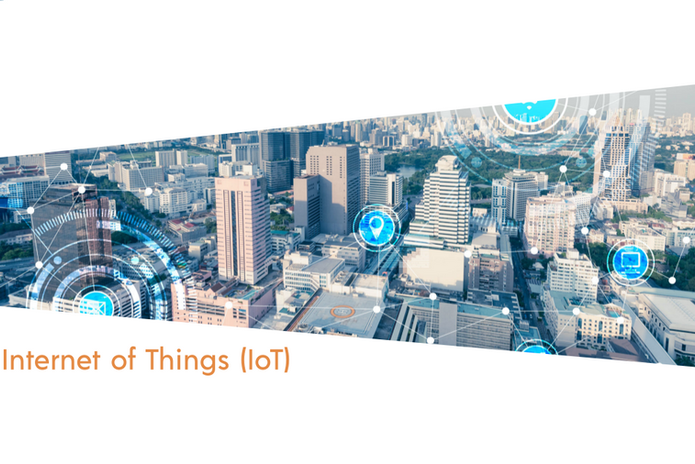

Digitally
Transform your Operations
smaRTE
STOCK

Accurate, high-speed stock counting, tracking, and tracing to improve stock replenishment, while reducing unnecessary manual counting, shrinkage, and high safety stock levels costs.
READ MORE
RPA TECHNOLOGY
WHAT IS RPA
Robotic process automation (RPA) is a software technology that makes it easy to build, deploy, and manage software robots that mimic the way humans interact with digital systems and software to perform high-volume, repeatable tasks. RPA technology uses software programmes, also known as "robots" or "bots", to perform the task on a computer, using the same interface a human worker would, to log into applications, enter data, calculate and complete tasks, and copy data between applications or workflow as required.
WHERE IS RPA USED
RPA is usually employed in situations where there is a need to automate day-to-day manual tasks that are repeatable. This usually involves data capture, application configuration, validation of client files, creation of test data, data loads, and report generation. RPA is best suited when these tasks occur multiple times per day.
General Examples:
-
Customer Service
RPA helps organisations to provide better customer service by automating contact centre tasks, uploading scanned documents, and verifying information for automatic approvals or rejections. -
Accounting
RPA is used to automate tasks for general accounting, operational accounting, transactional reporting, and budgeting. -
Financial Services
RPA assists the financial services industry in doing foreign exchange payments, automating account openings and closings, managing audit requests, and processing insurance claims. -
Healthcare
Medical Aid Providers, Medical practices, Hospitals, and Clinics use RPA to handle patient records, claims, customer support, account management, billing, reporting, and analytics. -
Human Resources
RPA can automate HR tasks such as onboarding, offboarding, updating employee information, timesheet submissions, and many more. -
Supply Chain Management
RPA is used in supply chain management in procurement, automating order processing and payments, monitoring inventory levels, and tracking shipments.
WHY YOU SHOULD CONSIDER RPA
Digital robots are far more efficient and accurate than humans and they can run 24/7/365. Some robots run without human intervention ("unattended robots"), while others do require humans to launch, intervene or provide approval during the task ("attended robots").
WHEN TO CONSIDER RPA
If you have repeatable, manual processes in your operational environment that are unnecessarily consuming up a lot of your employees' time and keeping them away from more productive and valuable work, then you should consider incorporating RPA into your operations.
smaRTE Solutions using RPA:
smaRTE Bots
Automate your repeatable, labour-intensive operational processes to maximize efficiencies, improve process accuracy, and reassign staff to more profitable, creative tasks.
Examples of operational applications for RPA technology:
-
Blood result reviews in healthcare - Automatically receive blood results sent by the test lab and assess whether normal or abnormal. If normal, notify the patient via SMS. If abnormal, automatically alert the relevant doctor who requested the blood tests.
-
Daily report generation in manufacturing, assembly, automotive etc. - Automatically log into various, separate production systems and collect the relevant data into a single database. Then produce an automated, consolidated daily report for the leadership team and email it to them before the end of the day.
-
Automated alerting and/or halting of production in manufacturing & assembly, or mining - Monitor various sensors within the production environment and automatically alert the relevant people if pre-determined thresholds are exceeded, or stop production if an emergency is detected.
-
Power load shedding & shifting in smart buildings - Monitor the real-time demand and consumption of electricity in a building and automatically switch off non-essential loads during peak demand times, or shift the run time of certain equipment to operate during non-peak times. this minimises peak demand and consumption costs.







